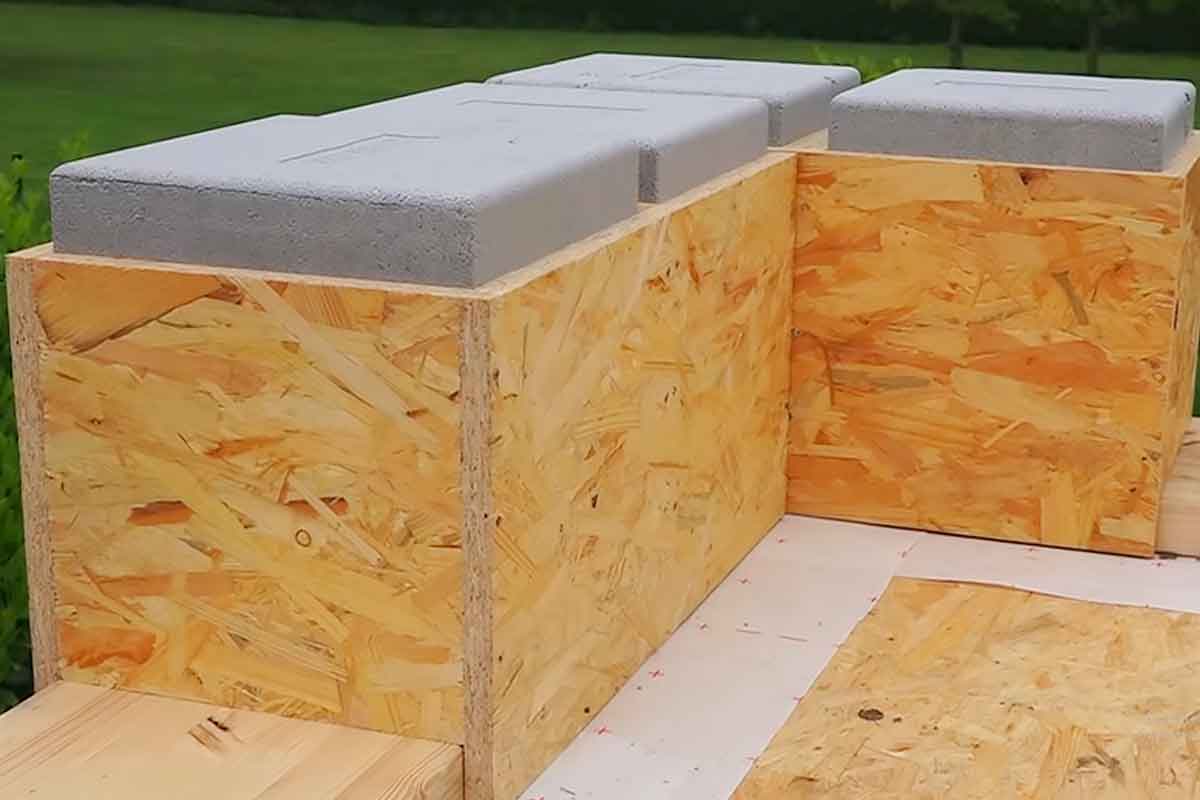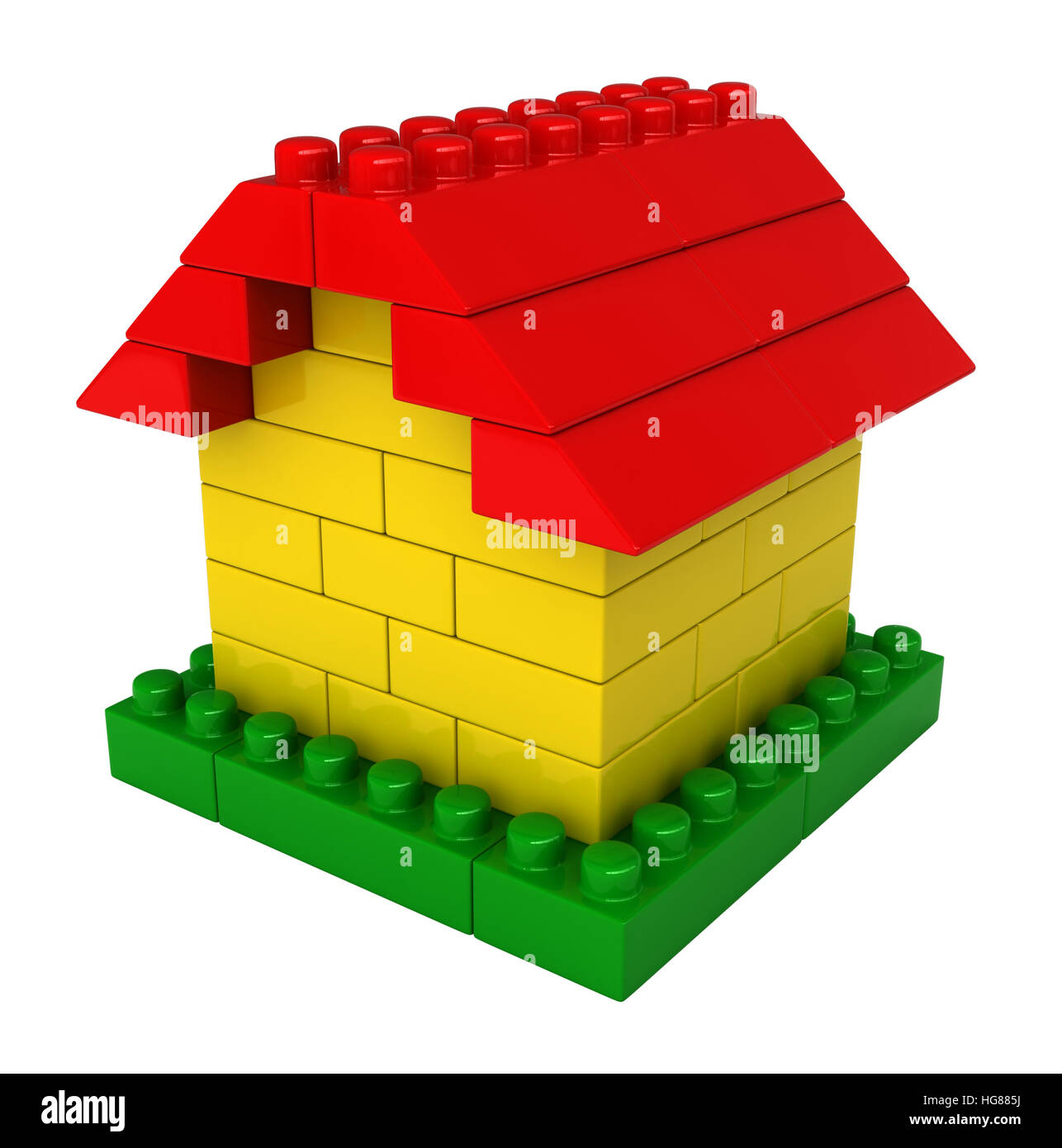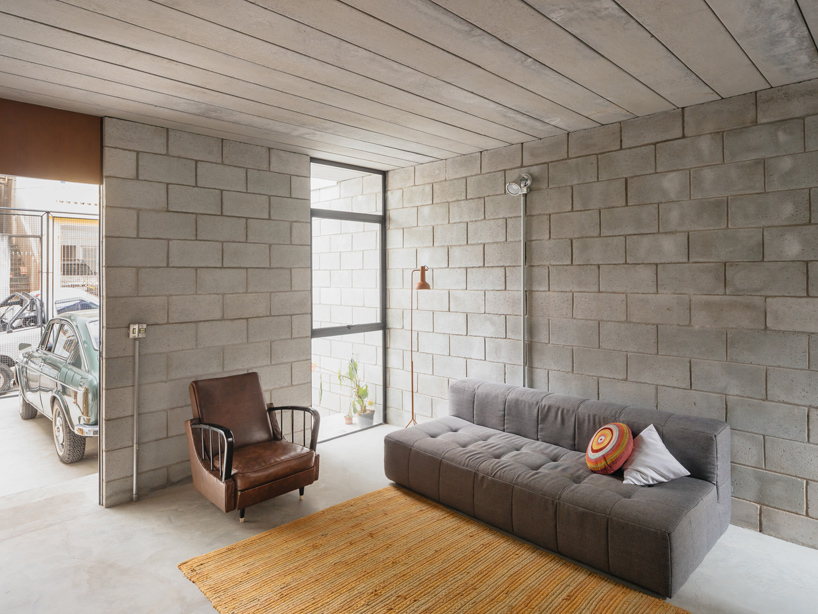

Refer to the tables below for standard block sizes, including the nominal dimensions. The block’s thickness is not critical to finding how many blocks you need, but it is essential when estimating how much mortar and other masonry material you need. The most common sizes are 8″ high by 8″ wide and 8″ high by 16″ wide in varying thicknesses. You’ll need to know the size of the concrete block you’ll be using to determine how many blocks you need for your project.

Brick Trowel: This is used to lay an even bed of mortar when setting the blocks.Here is a small list of tools that are necessary to build a wall. If you’re installing a concrete block wall, you will need several tools to correctly do the job.
#BLOCKS HOUSE INSTALL#
Tools Needed to Install a Concrete Block Wall Use our block fill calculator to estimate the fill volume. Multiply this by the total number of blocks, and divide by 46,660 to get the total number of cubic yards needed. The volume of the core would therefore be: For a block is 8″ x 8″ x 16″, this would look like: The fastest way to get an accurate volume of the cells in the CMUs is to take the length and width of the block and subtract the shell and web measurements. Typical measurements for webs and shells may be around 1″ or 1.25″ depending on the size of the block. To calculate the fill volume, you will need the number of webs, their thickness, and the thickness of the shell. When looking at a block from the top down, the areas that run front to back on the block are called “webs”, while the areas that run side to side are called the “shell”.

Estimating the concrete needed to fill the cells in concrete block involves getting more measurements from the blocks. Try our mortar calculator to calculate how many bags are needed.ĬMUs are hollow and designed to be filled with concrete during installation. Each formulation and brand may vary in how many blocks the mortar will bond. You can also purchase pre-mixed bags of mortar, which can come in different formulations.

Once you have the number of bags, you will need one cubic yard of sand for every seven bags of cement. On average, it takes about three bags of cement for every 100 blocks.ĭivide the number of blocks being installed by 33.3 to calculate how many bags are needed. If you are planning on mixing your mortar yourself, you will need a yield of 1:3 cement to sand mixture. Mortar is a mixture of cement and sand, usually with other additives. Our calculator above may indicate a different quantity of blocks needed since it uses a more precise formula, accounting for partial blocks and cutoffs automatically.Ĭalculating the amount of mortar needed for the joints in a concrete block wall will vary depending on the mortar mix you use. We recommend adding 5%-10% additional blocks to account for broken blocks or blocks that need to be cut for the edges. If you’re using a standard 16″ x 8″ x 8″ block, find the number of blocks needed by dividing the wall square footage by 0.89.


 0 kommentar(er)
0 kommentar(er)
